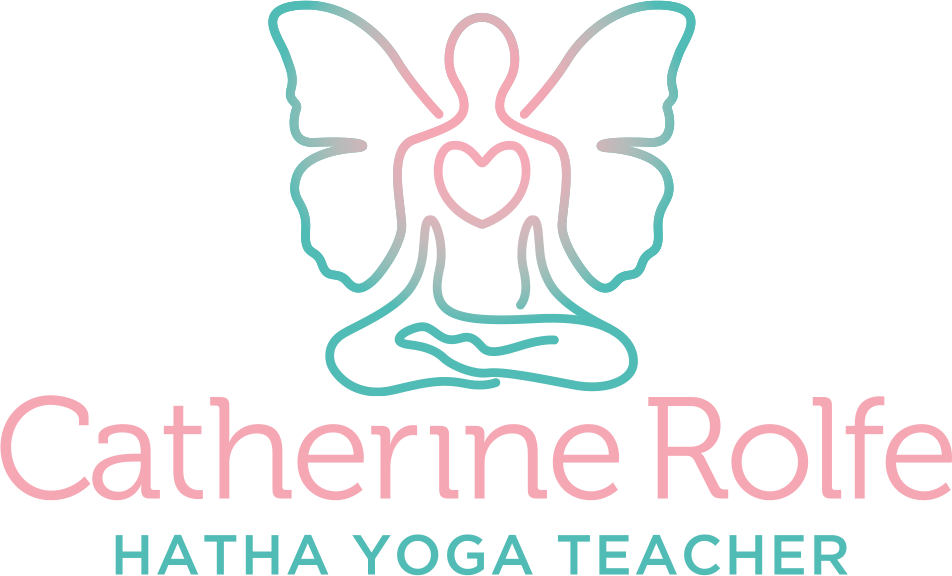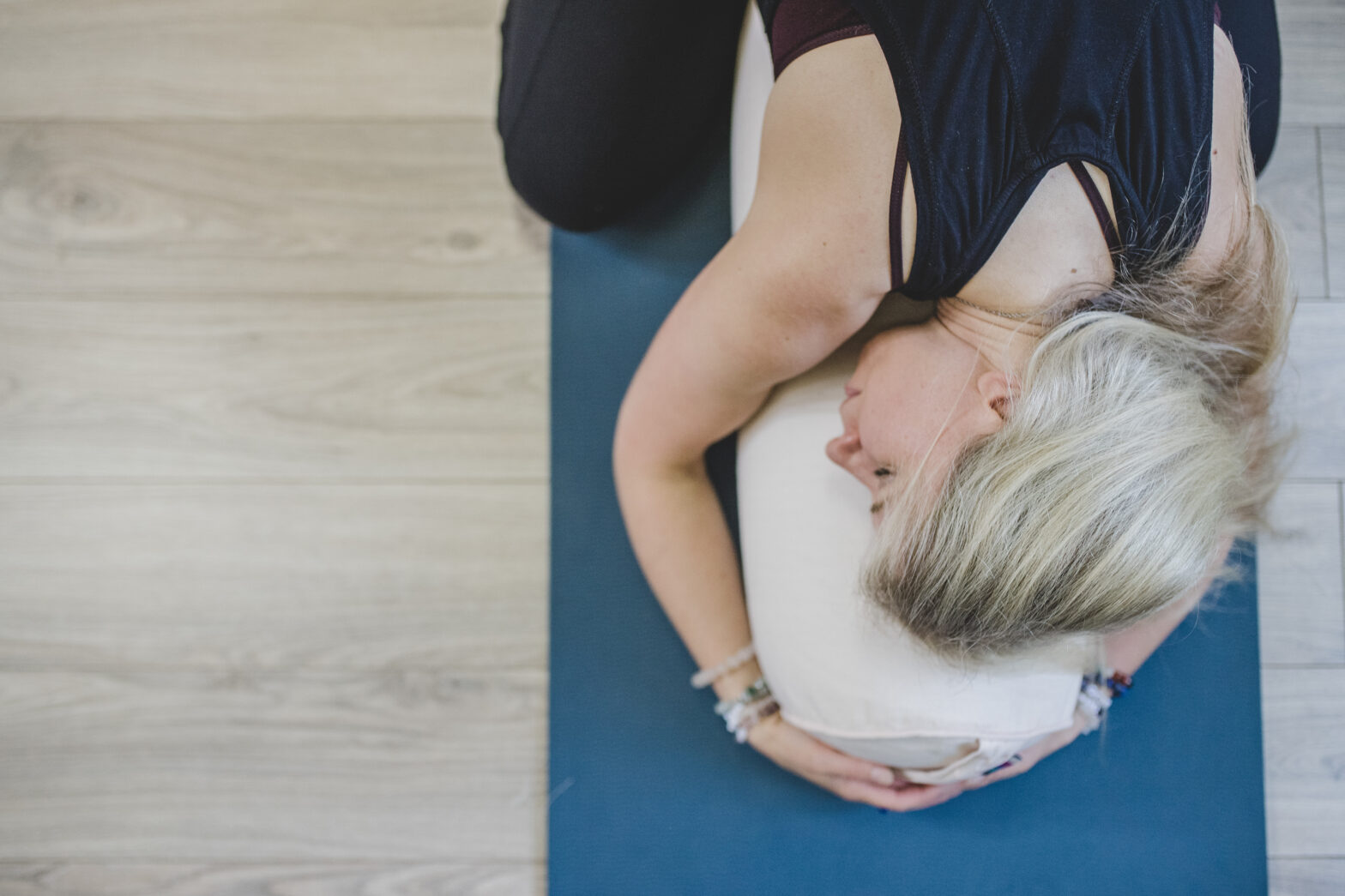‘Yin yoga is a natural, healing practice’
Paul Grilley
What is Yin Yoga?
Yin Yoga is a peaceful, floor-based form of yoga, which works to stimulate the energy meridians in the body in a similar way to acupressure or acupuncture.
Each asana (posture) is held for around three to five minutes, making this a particularly meditative and mindful style of practice; the long holds are taken with relaxed muscles, which allows you to both soften into the stretch and observe the sensations which arise in the body. The asanas can also be adapted to suit each individual’s needs.
Yin yoga is a complementary practice to yang forms of exercise, that is, anything that focuses on moving exercising the muscles, such as swimming, running and cycling. There are also many benefits of practicing Yin Yoga alongside a regular Hatha Yoga practice, which tends to be more yang in nature. You can read more about the qualities of Yin and Yang here.
The origins of Yin Yoga
Paul Grilley is often thought of as the originator of modern Yin Yoga, although long held floor poses and the other principles on which Yin yoga is built are certainly not new.
Paul is a yoga teacher who started to teach this form of yoga in the early 1990s. He says that the three threads of his approach stem from his extensive training in and study of functional anatomy, Taoist yoga and meridian theory from three inspirational teachers.
Yoga teacher Sarah Powers attended training with Paul in the year 2000 and coined the descriptive term Yin Yoga to differentiate the quiet practice Paul was teaching from other yoga styles and approaches. She now also weaves Yin yoga into her own teaching, which also incorporates elements of Buddhism and transpersonal psychology.
Benefits of Yin Yoga
‘Whilst yang yoga practice invigorates and refreshes, yin soothes and calms.’
Paul Grilley
Benefits of Yin yoga include:
- Calms and soothes body and mind
- Helps to reduce stress and anxiety
- Brings balance to busy modern lifestyles
- Can boost resilience – as Paul Grilley explains: staying in the poses for longer periods ‘trains the mind and body to become calm and endure distraction, both physical and mental.’
- Works beneficially with the body’s energetic system, regulating energy and stimulating energy channels
- Creates flexibility in the connective tissues
- Lubricates the joints, increasing mobility
What to expect from a Yin Yoga class
Sessions begin with a grounding and mindfulness practice. This will allow you to tune into and connect with your body, mind and breath, before transitioning into the different asanas.
As each asana is held for between three and five minutes, a smaller number of postures are practiced than in a Hatha Yoga class. You’ll be shown how to come into the asana with relaxed muscles, being given options as to what will best suit your individual needs.
When you are in position, you’ll be encouraged to explore and reach the ‘edge’ of your practice – the place where you can feel the sensations of stretch in the target area/s of the particular asana in a way that feels right for you. Once there, the practice asks of us to employ a gentle discipline to remain still, practicing being with whatever arises in body and mind during the hold time. It is this way that Yin Yoga shares qualities of the mindfulness meditation practice of Shamatha, as you learn to calmy abide with what is in each moment, resting in the knowledge that all things are impermanent – they arise, abide and ultimately dissolve.
At the end of the hold time, you’ll be guided to come quietly out of the pose and often at this point a pause is taken in a neutral resting position, so that you can observe the effects of the asana. Some students report experiencing different sensations in these ‘rebound’ pauses, such as warmth, tingling and vibration, which Yin Yoga attributes to the movement of energy within the body which has been stimulated by the practice.
Like Hatha Yoga, the final asana of class is relaxation in Savasana, or corpse pose, to allow you to fully absorb and integrate all of the benefits of the practice.
What do I need to bring to a Yin Yoga practice?
Bring along your yoga mat and any yoga props you may already have, such as blocks, bricks, a strap or belt, a bolster and blankets. Having two blankets can be particularly useful, as can a couple of pillows or cushions to support you in the held positions. This will allow you to relax your muscles and work into the connective tissues which are targeted in Yin Yoga.
I’d like to practice Yin Yoga – how can I get started?
Come join me for one of my monthly Friday evening Yin Yoga sessions in Stowmarket! Each evening is held in the cosy setting of Redwoods, close to A14 access, making it easily reachable from Bury St Edmunds and Ipswich as well as surrounding villages such as Great Finborough, Buxhall, Haughty, Combs and Onerous.
Expect a warm welcome, a practice suitable for all levels of experience and a mindful cuppa afterwards, with the opportunity to ask questions about your practice and connect with other students.
Details and booking available here.

